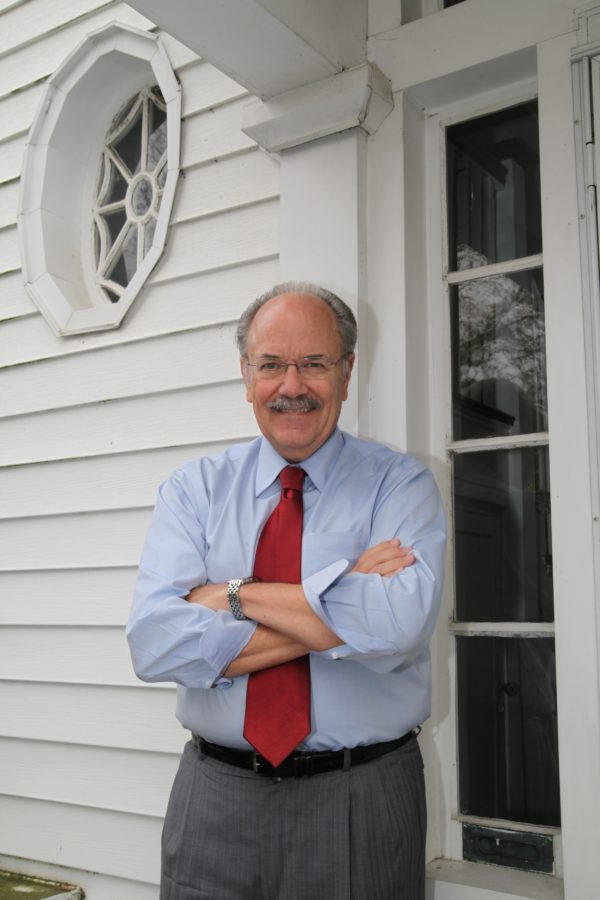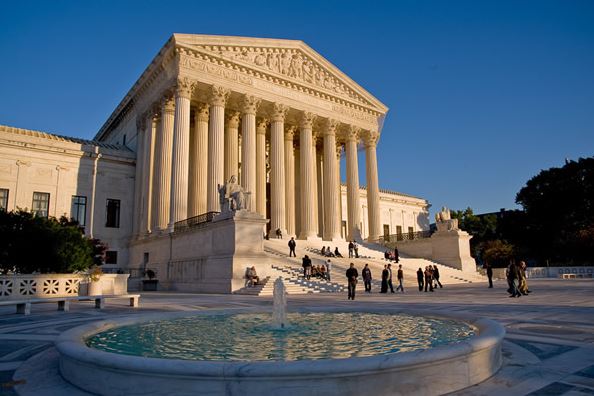
At Pace University”™s Land Use Law Center, environmental law is more than just the Clean Air Act and Clean Water Act.
John Nolon is a professor at Pace University Law School in White Plains, and is counsel to its innovative Land Use Law Center. At Pace, Nolon teaches property, land use and sustainable development law courses and has been a visiting professor at the Yale School of Forestry and Environmental Studies since 2001.
Nolon, a Tarrytown resident, has written numerous books and law review articles about sustainable development and the environment and received a Fulbright Scholarship to develop a framework law for sustainable development in Argentina where he worked from 1994 through 1996.
Climate change remains a hot”“button issue in the environmental movement and Nolan is right in the thick of it. To battle climate change without dealing with sustainable development would be a mistake, he believes.
“We need to bring the two together,” said Nolon, who has a vanity license plate that reads LAND USE. “They are related to each other. It”™s a whole area of law. We need to shape cities and hamlets so there is not a lot of gas guzzling. Not using a lot of energy is the only way to mitigate climate change.”
Hurricane Sandy, the latest natural disaster to hit New York, brings with it some environmental lessons as well. From his perspective, Nolon is looking at how Sandy will impact waterfront development.
During the real estate boom, numerous developments were built along the Hudson River. “In real estate, being on the water has higher value, but it”™s like whistling in the wind,” Nolon said. “The local zoning laws need to be rethought to see if we can”™t retreat from the water. We are putting people and infrastructure in harm”™s way.”
Nolon said that buildings have to be built so they are more resilient and able to withstand winds of up to 80 mph, particularly since “storm of the century” storms are becoming storms of the year due to climate change.
“Scientists at Yale have been saying that since 2001, hundred-year storms are coming more frequently,” Nolon said. “We”™ve seen the sea levels rise due to the warming of the ocean. That water is being pushed in our direction.”
After the damage settles, amnesia sets in, and Nolon said that people often forget about the devastating storm and its consequences. But he sees a future in which waterfront living declines.
“Why should the public sector provide infrastructure?” Nolan said. “Why would an insurance company provide insurance? Why would a mortgage broker offer a mortgage? After the fourth storm, maybe people will think they shouldn”™t live there, but who wants to buy it? The paradigms are subtly shifting.”
With temperatures rising each year, Nolon said measures to curb climate change are simple. He supports cap and trade legislation, more energy-efficient buildings and to stop the removal of vegetation.
The big difference would be to have municipalities with walking neighborhoods built around mass transit. Nolon points to a website, walkscore.com, that calculates a resident”™s “walk score” from 0-100 in relation to their address.
“You don”™t want to live in an isolated single”“family home that is an eight- to 15-minute drive from everything,” Nolon said. “Every trip puts more carbon dioxide into the atmosphere and increases global warming. We have a great capacity to build more density.”
Nolon said there has been a shift from living in a single family home out in the suburbs to living in the heart of a city surrounded by amenities. He points to cities like White Plains and Mount Vernon that have embraced this model of urban development.
Mount Vernon has 67,000 people in 4.4 square miles, with a population density of 15,424 people per square mile.
“Mount Vernon has a high walk score and has a lot of mixed-use development,” Nolon said. “They should be proud. We do a lot of work with Mount Vernon; cities should be built like them.”
Nolon said that all of Westchester”™s cities have become smart about urban development, noting the Hudson Park development next to the Yonkers train station, and New Rochelle having 95 percent of its new development within walking distance of the New Rochelle train station.
“They are getting it right,” Nolon said. “It is more cost effective to have livable density. It enhances the quality of life. There are ways to do that.”
Part of this urban development has resulted because we are getting smart about climate change, Nolon believes. There are fewer skeptics and people are being conscious about where they live and work, with office parks becoming relics.
“We are working on local laws to repurpose single”“family homes and the office parks on I-287,” Nolon said. “It”™s all about the environment and the effect of human settlements on the environment.”


















